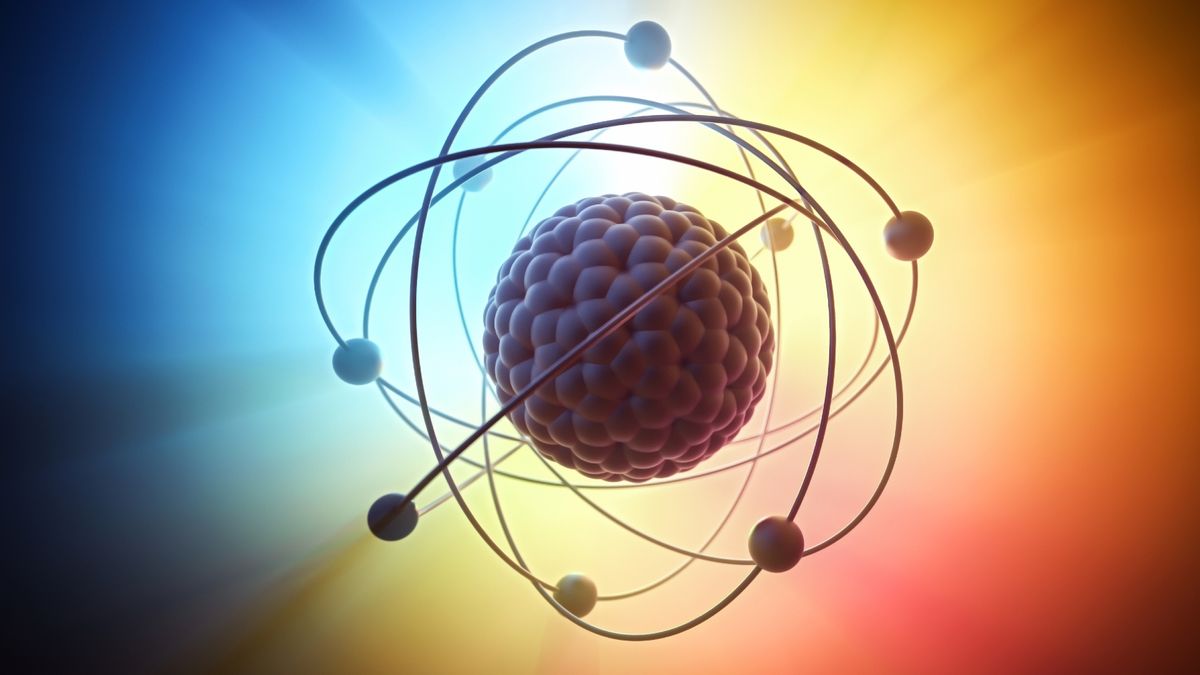
For example, ordinary hydrogen contains one proton and no neutrons, but the isotopes of hydrogen, deuterium and tritium, have one and two neutrons, respectively, alongside the proton.
After Ernest Rutherford (with help from Ernest Marsden and Hans Geiger's gold-leaf experiment) had discovered in 1911 that atoms have a nucleus, and then nine years later discovered that atomic nuclei are made, at least in part, by protons, the discovery of the neutron in 1932 by James Chadwick naturally followed. .The idea that there must be something else in an atom's nucleus came from the fact that the number of protons didn't match an atom's atomic weight.For example, an oxygen atom contains 8 protons, but has an atomic weight of 16, suggesting that it contains 8 other particles.
In order to do this, Chadwick reasoned, the mystery particles must have more or less the same mass as a proton.
Their mass is 1.008 times the mass of the proton — in other words, it's approximately 0.1% heavier.
Although the mass of a neutron and a proton are only slightly different, this slight difference means that a neutron has more mass, and therefore more energy, than a proton and an electron combined.
For instance, at the top of this article, we gave the example of the hydrogen isotopes deuterium and tritium, which have 1 and 2 extra neutrons, respectively.
Neutrons absorbed by atomic nuclei create unstable isotopes that then undergo nuclear fission (splitting into two smaller daughter nuclei of other elements).
In the supernova blast, atomic nuclei are then able to sweep up all these free neutrons before they all decay (this is why it's described as rapid), to instigate r-process nucleosynthesis.Once the nuclei are full of neutrons they turn unstable and undergo beta decay, transforming those extra neutrons into protons.
As we have seen, only in the most extreme conditions can neutrons survive outside of atomic nuclei, and there are very few places in the universe more extreme than neutron stars.With no nuclear reactions to generate energy to counteract gravity, the mass of the core is so great that it undergoes a catastrophic gravitational collapse in which the gravitational pressure is great enough that protons and electrons are able to overcome the electrostatic force between them and smush together, merging to form neutrons in a kind of reverse beta decay.Almost all the atoms in the core turn into neutrons, hence why we call the result a neutron star.
The most massive neutron star yet found has a mass 2.35 times greater than our sun, all crammed into a tiny volume.